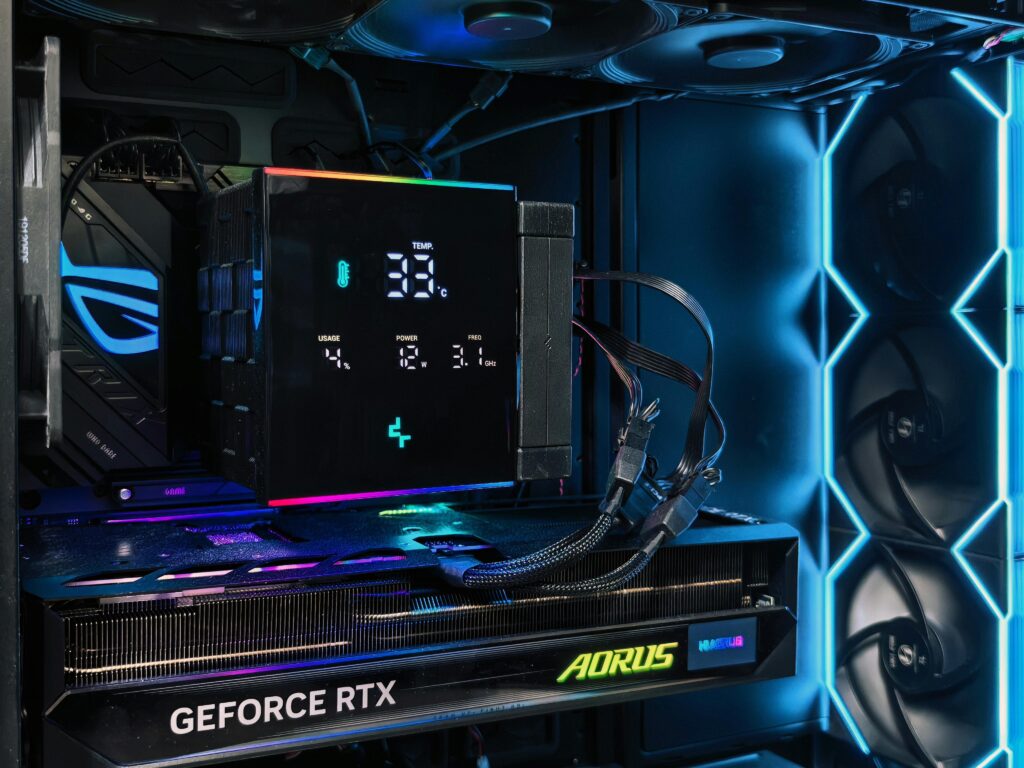
Have you ever heard the term “quantum computing” and instantly felt your brain tie itself in knots? It sounds like something straight out of a super-advanced physics textbook, far removed from our everyday digital world. And, let’s be honest, for a long time, it truly was. But as this revolutionary technology slowly inches closer to reality, it’s worth trying to wrap our heads around the basics.
So, if you’re not a physicist or a computer scientist, and the idea of quantum mechanics gives you a headache, you’re in the right place! We’re going to break down quantum computing into simple terms, explaining its core ideas without getting bogged down in equations. Think of this as your “dummies” guide to understanding why this isn’t just another faster computer, but a fundamentally different way of processing information.
The Fundamental Difference: Bits vs. Qubits
To understand quantum computing, we first need to remember how regular computers work. Your laptop, smartphone, and even the powerful servers that run the internet, all rely on bits. A bit is the most basic unit of information, and it can only be in one of two states: 0 or 1. It’s like a light switch that’s either on or off. All the complex operations your computer performs are just incredibly fast manipulations of these millions of 0s and 1s.
Now, enter the world of qubits. This is where quantum computing gets its magic. A qubit (short for quantum bit) is fundamentally different. Thanks to the strange rules of quantum mechanics, a qubit can be:
- 0
- 1
- A combination of both 0 and 1 at the same time
This ability to be 0, 1, or both simultaneously is called superposition. Imagine that light switch being both on and off at the same time – it’s counter-intuitive, right? But it’s real in the quantum realm, and it’s the first key to quantum computing’s power.
More Than Just On and Off: Quantum Superposition Explained
Why is superposition so powerful? Let’s take an example. If you have 2 regular bits, they can represent four possible states (00, 01, 10, 11), but only one at a time. To check all four, you’d need four separate calculations.
With 2 qubits, thanks to superposition, they can represent all four of those states (00, 01, 10, 11) simultaneously. As you add more qubits, the power grows exponentially. With just 300 qubits, you could represent more states than there are atoms in the observable universe! This means a quantum computer can process and explore a vast number of possibilities at once, rather than one by one.
The Secret Sauce: Entanglement and Interference
Superposition is just one piece of the puzzle. Two other quantum phenomena are crucial:
- Entanglement: This is perhaps the weirdest part. When qubits are entangled, they become deeply connected, no matter how far apart they are. If you measure the state of one entangled qubit, you instantly know the state of its entangled partner. This connection allows quantum computers to perform incredibly complex, interlinked calculations that would be impossible for classical computers. It’s like having a magical, instant communication link between your entangled light switches.
- Quantum Interference: Think of waves in water. When two waves meet, they can either amplify each other (constructive interference) or cancel each other out (destructive interference). Quantum computers use interference to guide the qubits towards the correct answer. By carefully manipulating the probabilities, the “right” answers get amplified, while the “wrong” answers cancel each other out.
By harnessing superposition, entanglement, and interference, quantum computers can explore and solve problems in ways that are fundamentally different from classical computers.
What Can Quantum Computers Do? Solving Impossible Problems
So, what are these “impossible problems” that quantum computers might solve? They’re not designed to replace your laptop for Browse the web or sending emails. Instead, they excel at specific types of complex computations that even the world’s most powerful supercomputers struggle with.
Here are a few potential applications:
- Drug Discovery & Materials Science: Simulating molecular structures and chemical reactions at a quantum level could revolutionize drug design, leading to new medicines and materials with unprecedented properties.
- Optimization Problems: Solving incredibly complex optimization puzzles, like finding the most efficient routes for global logistics, optimizing financial models, or making AI algorithms far more powerful.
- Cryptography: Potentially breaking many of the encryption methods used today, but also creating new, unhackable forms of encryption.
- Artificial Intelligence: Enhancing machine learning capabilities, making AI more powerful and efficient for tasks like pattern recognition and data analysis.
- Financial Modeling: Creating more accurate and complex financial models to better predict market trends and manage risk.
The Road Ahead: Challenges and the Promise
It’s important to remember that quantum computing is still in its very early stages. Building stable, error-free qubits is incredibly challenging, and current quantum computers are small and prone to errors. We’re still many years, if not decades, away from widespread practical applications.
However, the potential is undeniable. Quantum computing represents a paradigm shift, moving beyond the binary limitations of classical computers to unlock new frontiers of discovery. It’s a field that’s pushing the boundaries of physics and computer science, promising to solve problems that are currently beyond our wildest imagination. So, while it might still seem like science fiction, the quantum era is slowly but surely coming into focus, and it’s going to be fascinating to watch.
